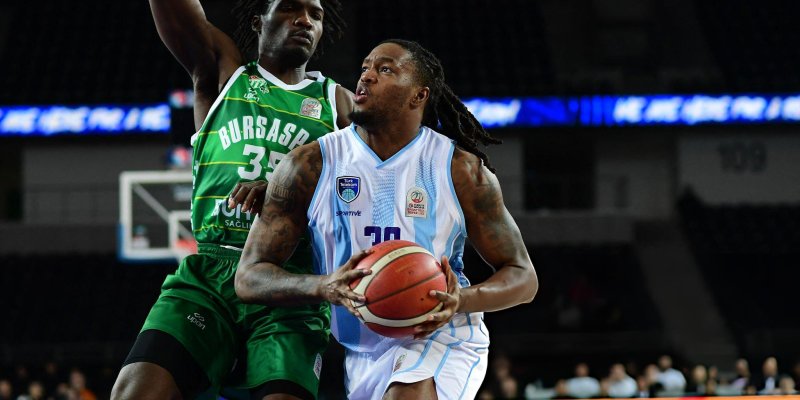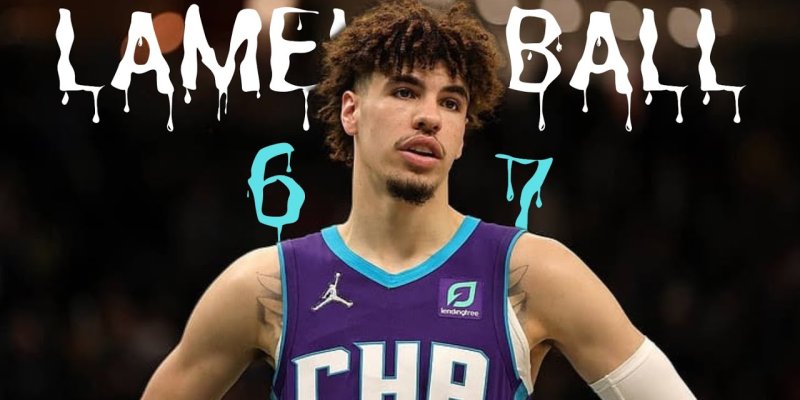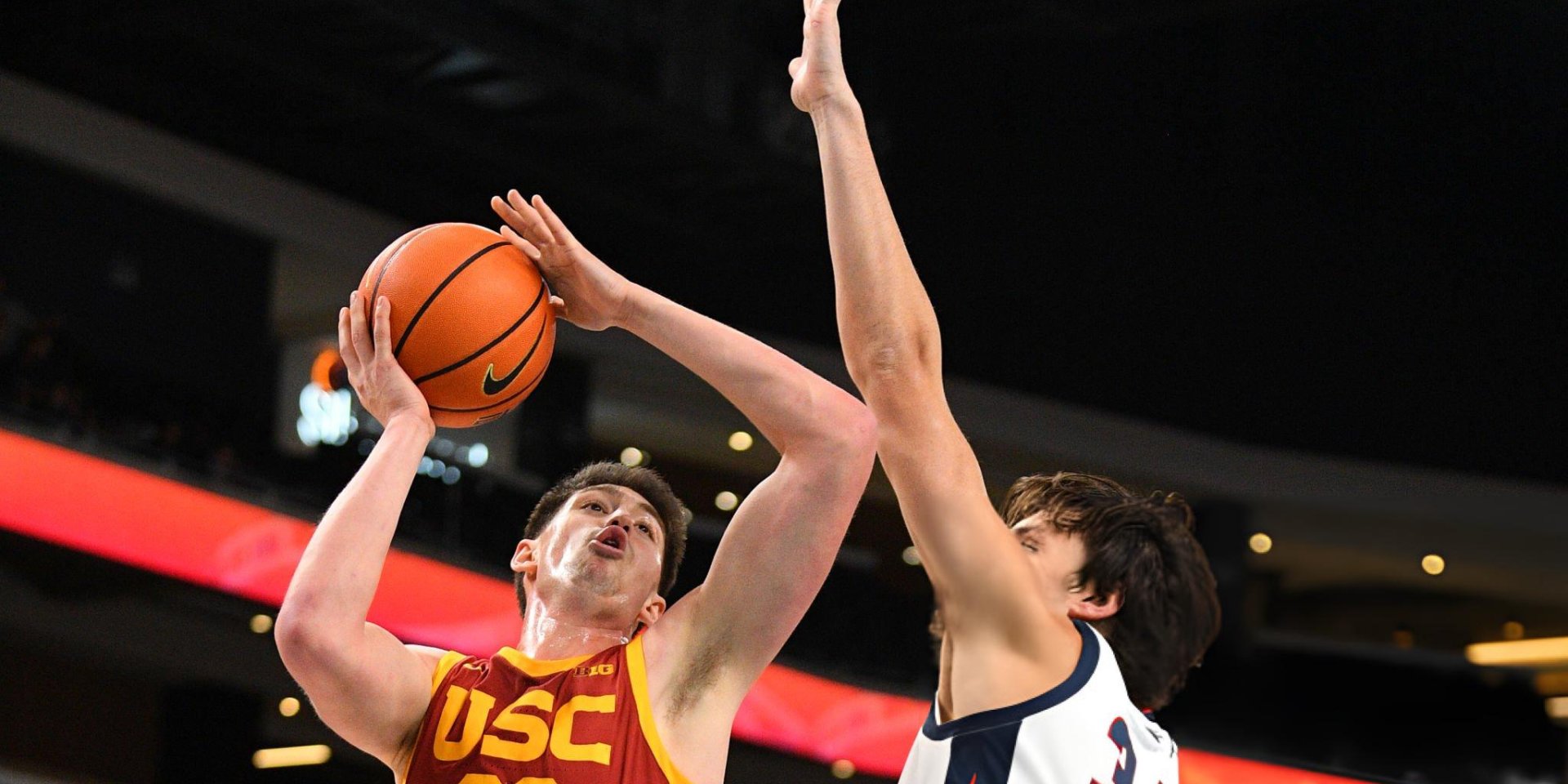
The league is taking another step toward protecting offensive players, this time with a laser focus on shooters. Starting in the 2025–26 season, the NBA is adjusting how personal fouls are interpreted: it will now be illegal to “high-five” the shooting hand during the act of shooting, and even a late hit on the hand after release will be penalized if it’s an intentional “second motion.” The tweaks look subtle, but their impact could be louder than any whistle: threes should be cleaner, and elite shooters freer. Among the prime beneficiaries is the 37-year-old Steph Curry, whose standing as the era’s best shooter has long competed only with the physicality he faces on the perimeter.
Two Tweaks to Officiating: What Exactly Changed
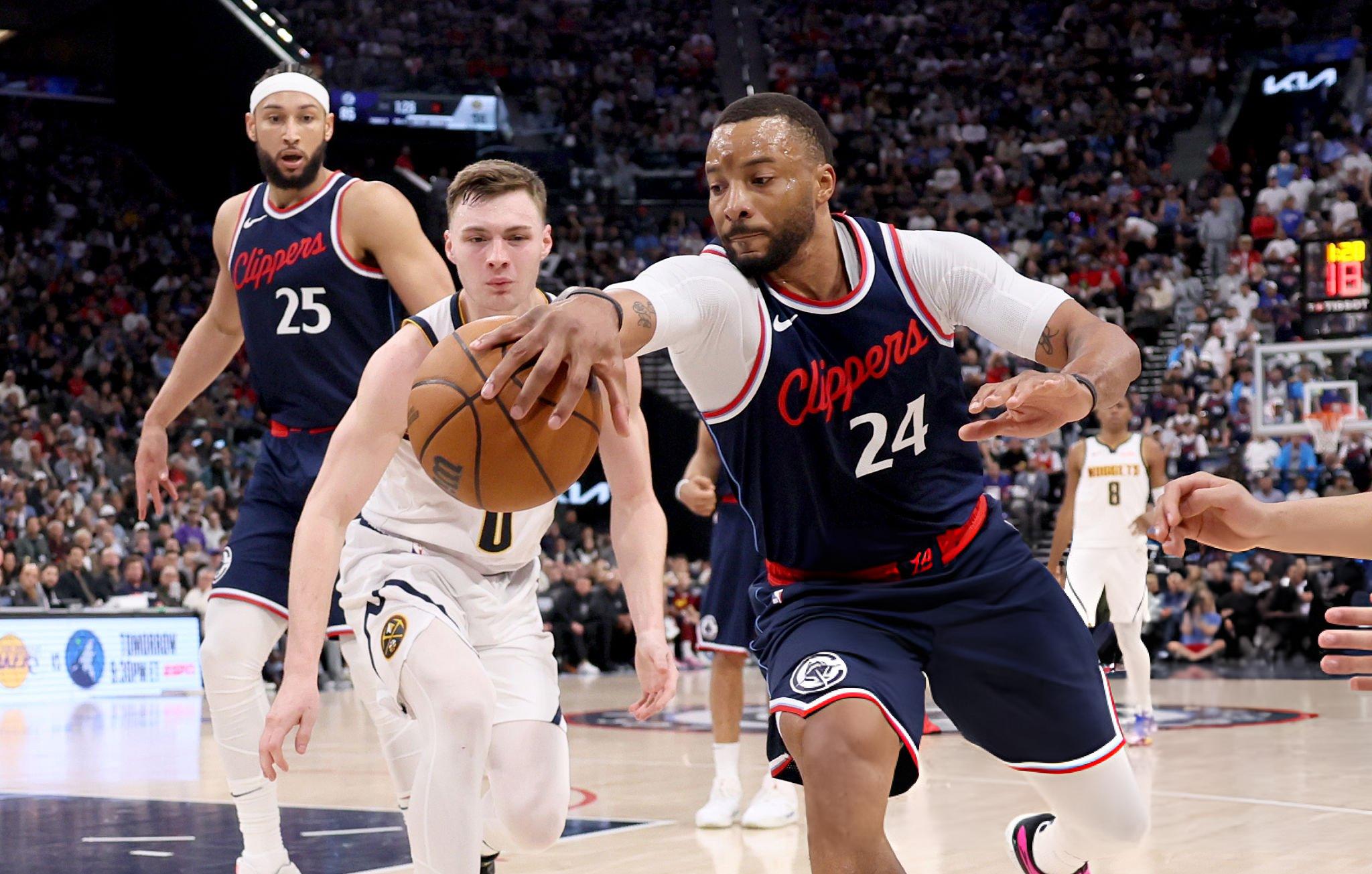
The reform consists of two interrelated points.
1) "High-Five" Rule (High-Five Rule)
Any deliberate contact with the shooter’s hand during the shooting motion is now a shooting foul. Previously, such incidents often went unpunished, especially when the contact landed on the hand and happened right at the edge of release. The line is now clear: the defense has no right to “nudge” a shooter’s hand either before or during the final phase of the shot. Only incidental, minimal contact within the principle of verticality — and clearly without an attempt to strike the hand — will be tolerated.
2) "Delayed Contact" Rule (Delayed Contact)
If, after the ball is released, a defender delivers a late but intentional hit to the shooter’s wrist/hand, that is also a shooting foul. The key phrase is “second motion”: the defender first appears to contest the shot, then deliberately “catches up” to the shooter’s hand and hits it after release. A vertical contest remains legal; changing the arm’s path solely to deliver a blow is penalized.
Why the League Stepped In Now
The logic is simple: protect the shooter in the area where the defense was exploiting a gray zone. In recent years, the NBA Coaches Association and the league observed a skew — any contact “down low” was called tightly, while hits to elite shooters’ hands often went unpunished. Coaches wanted clarity: the whistle should respond not to the loudness of a slap but to the fact of impeding a shot outside the verticality principle. It’s not only about fairness but safety — repeated blows to the hand and wrist accumulate into injuries.
"High-Five" Doesn’t Work Anymore
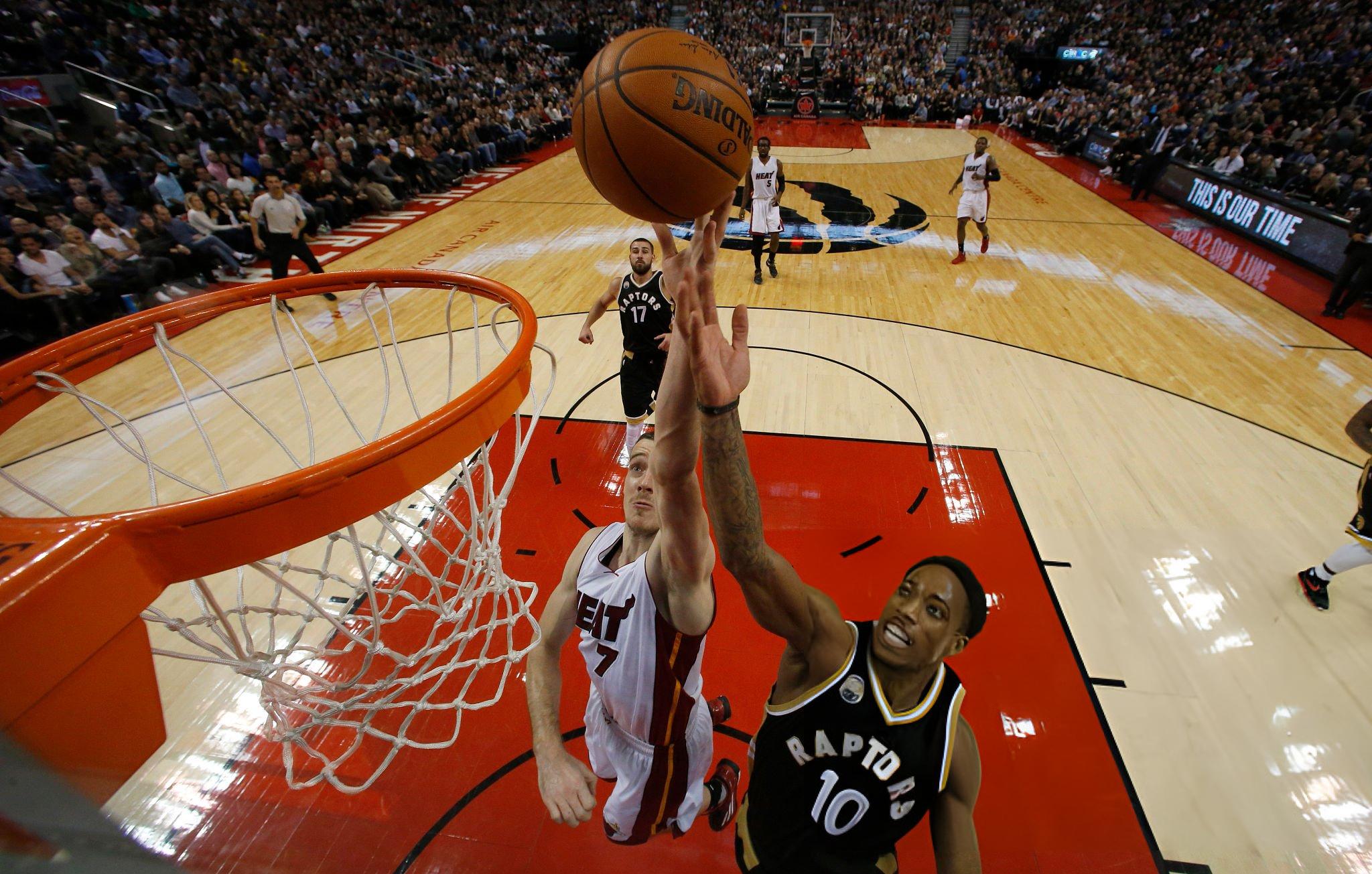
The most visible outcome is the “zeroing out” of a popular trick: a defender arrives a fraction late to the release yet manages to slap the hand at the apex. Such contact was often dismissed as a continuation of the play. Now the criteria are intent and phase: if contact with the hand is inextricably tied to an attempt to strike, it’s a foul. By contrast, incidental brush contact within a clean vertical jump will remain a no-call, preserving the defense’s right to a fair contest.
Late Hit = Foul: What Counts as a "Second Motion"
The league specifically highlighted the pattern where a defender misses the ball and then “finishes” by catching the shooter’s hand after release. These delayed contacts were a classic flashpoint: the shot was away, the bucket counted, and the hit landed late. From now on, officials will also penalize such “catch-up” contact as a shooting foul. This protects shooters’ hands and removes the incentive to “make up” with force once the position is lost.
Real-World Examples: From Preseason to the Playoffs
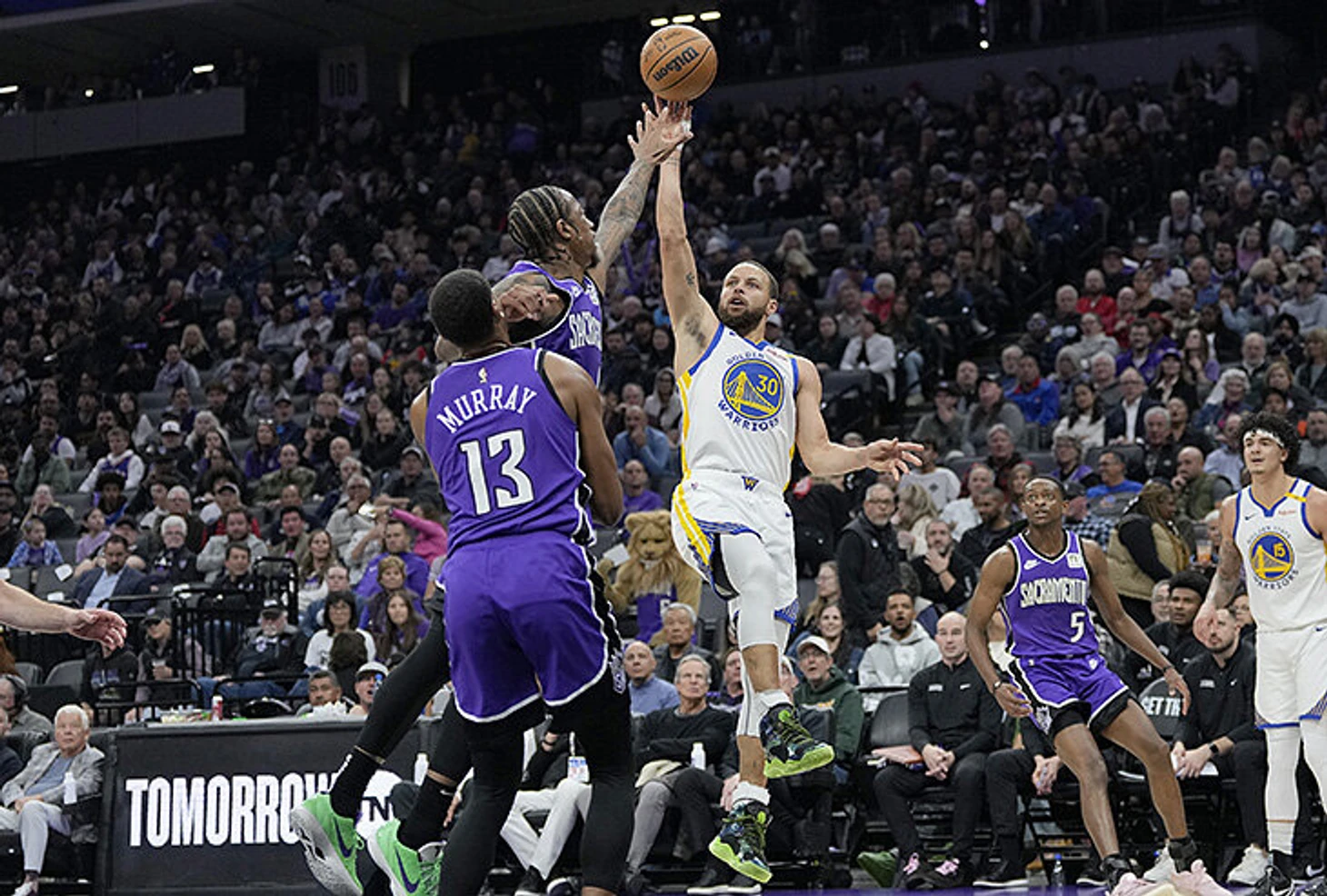
The first tangible effect showed up in exhibition games: Steph Curry opened the scoring for Golden State with a three; right after the ball left his hand, Portland’s Toumani Camara clipped his hand — whistle, bonus free throw, a classic four-point play. The contact occurred after release and fell under the new logic.
And in reverse chronology: last spring, Houston and Dillon Brooks aggressively “tested” Curry’s injured finger, and such hits to the hand went unpunished. Now these are exactly the types of plays that will be called tightly — in favor of the shooter.
Why Curry Is Especially in the Black (And He’s Not Alone)
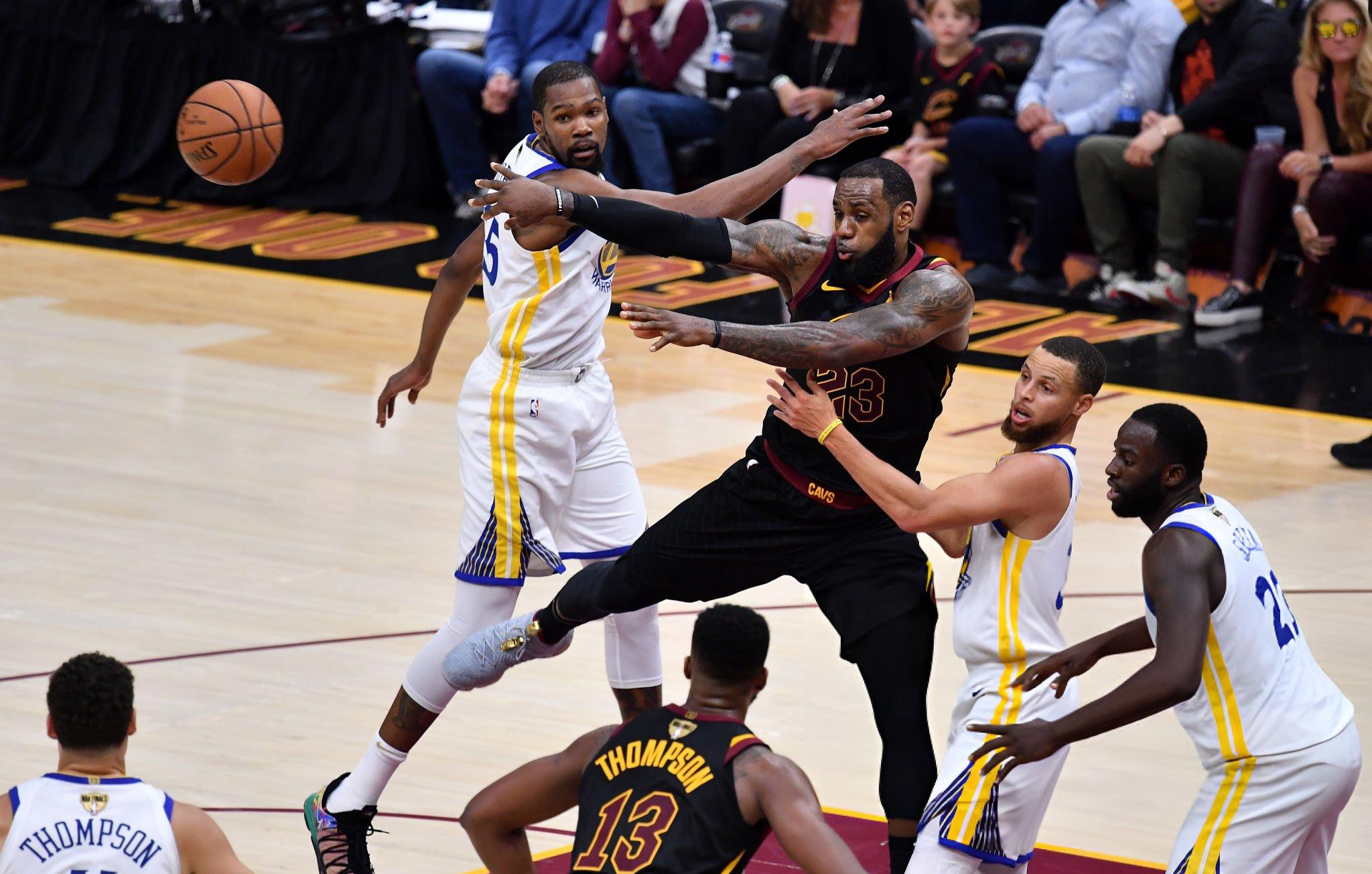
Curry is the ideal beneficiary for three reasons. First, his shot is often contested in desperate closeouts where the defender is half a step late and instinctively reaches for the hand. Second, despite a superstar usage rate, Steph historically gets to the line less than most stars: last season he shared only 49th in fouls drawn (about 3.5 per game), roughly a full foul per game behind Austin Reaves and in the same neighborhood as Trey Murphy and Collin Sexton. Third, efficiency: Curry is the NBA’s historical No. 1 in free-throw percentage (about 91.1%), and last season he was around 93.3%. Every additional trip to the line is nearly automatic points.
He’s not a “foul hunter” in the classic sense and has rarely cracked the league’s top-20 in free-throw attempts: the real spike came only in 2020–21 (about 395 attempts, ~6.3 per game). The new interpretation won’t suddenly turn Steph into a free-throw maniac, but it will remove unwarranted hits to the hand and restore the rightful 1–2 freebies per game that defenses used to get away with.
Likewise, other high-volume jump-shot creators — from Anthony Edwards to secondary perimeter gunners — will feel the difference: hands and wrists will “live” a little longer.
How Defenses Will Adapt: Verticality, Discipline, Closeout Technique
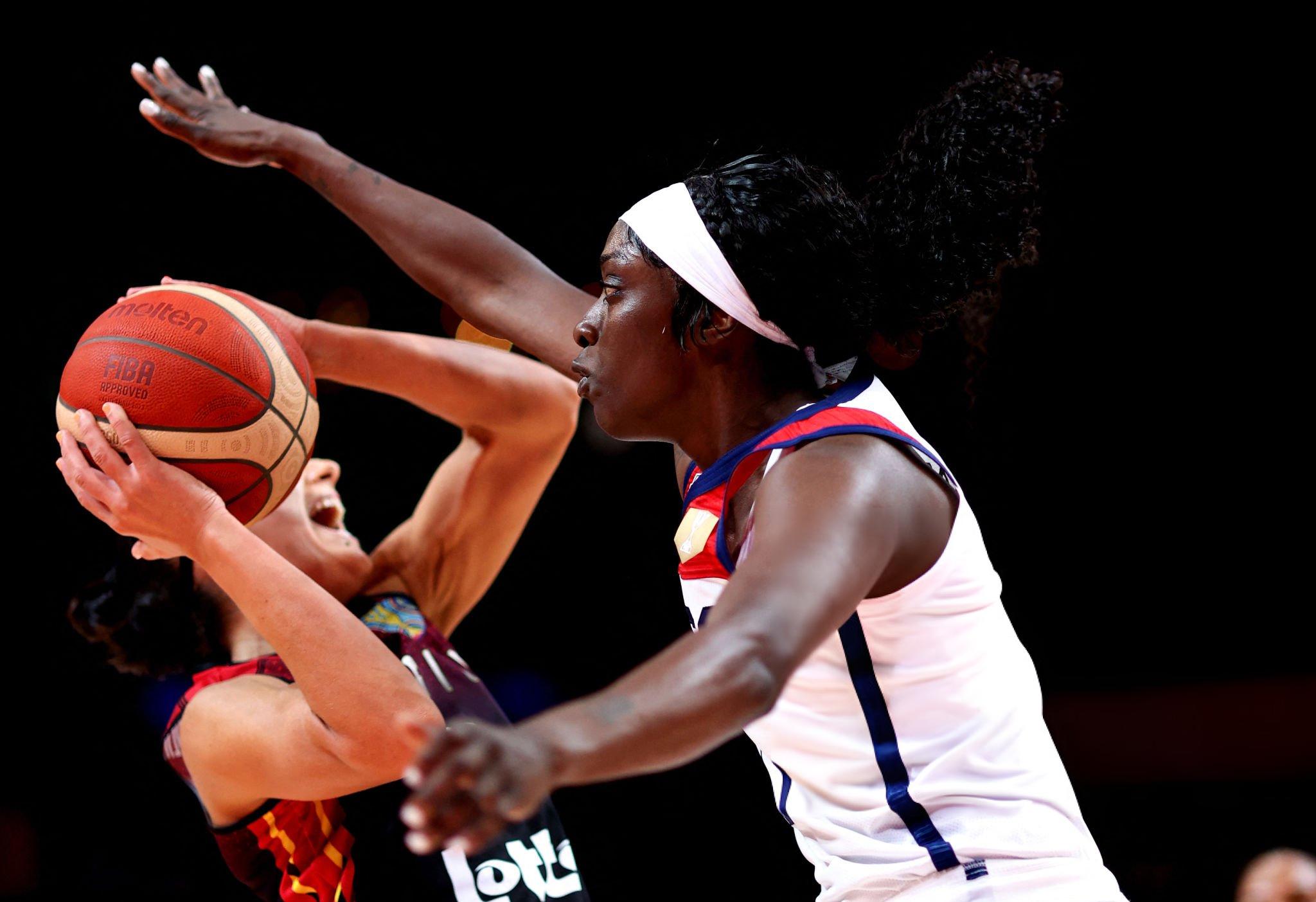
The new framework doesn’t ban defense — it forces you to do it correctly. Key adjustments for defensive coaches:
- Strict Verticality. Hands up, body upright, no “finishing” chops. Any downward swing after release now risks two points plus a free throw.
- Controlled Closeouts. Fewer “fly-swat” slaps at the hand, more stunts and short choppy steps to disrupt rhythm with your feet, not your arms.
- Rear-View Contest Without a Hit. When chasing from behind, target the ball, not the hand. Any slap to the wrist is a highway to a 4-point play.
- Discipline on the Pump Fake. Jumping and then slapping the hand after release is now almost an automatic foul. Stay down and force a tougher shot over a contest.
What This Means for Golden State and for the Entire League
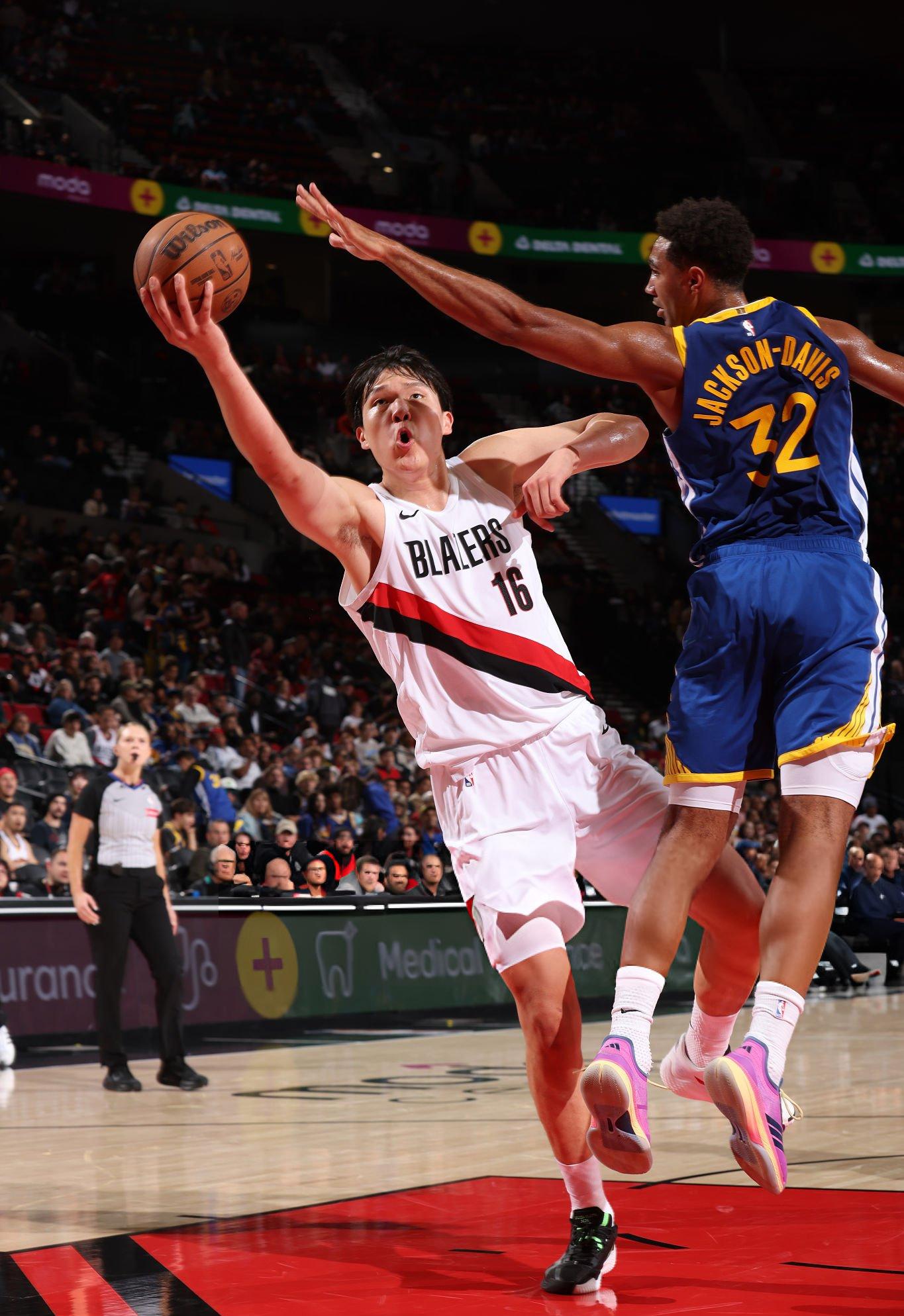
Golden State has historically built its offense around Curry’s gravity: a threat off the ball, a punisher of micro-mistakes on the ball. As the perimeter geometry gets cleaner for Steph, opponents have less incentive for risky switches and desperate chops at the hand. The result — more clean threes, a higher likelihood of 4-point plays, and extra pressure on the team foul count by mid-quarter.
League-wide, expect a modest but noticeable drift toward offense: three-point percentages on clean releases should tick up, and elite shooters’ free throws should rise slightly. It’s not a revolution, but this kind of subtle boost over a full season can shift edges: matchups once decided by hard hits to the hand will tilt more often to the shooting side.
Players and Coaches on Record: Safety and the Integrity of the Play
Steph Curry has long argued for protecting shooters’ hands: a post-release hit doesn’t affect ball flight but directly harms health and the integrity of the play. Coaches agree: you can’t allow defenders to “take out” the arms once the shot is gone. The new interpretation doesn’t ban competition — it closes the loophole where the “second motion” was disguised as continuation.
Bottom Line: Cleaner Releases, Fairer Contact, More Value on Skill
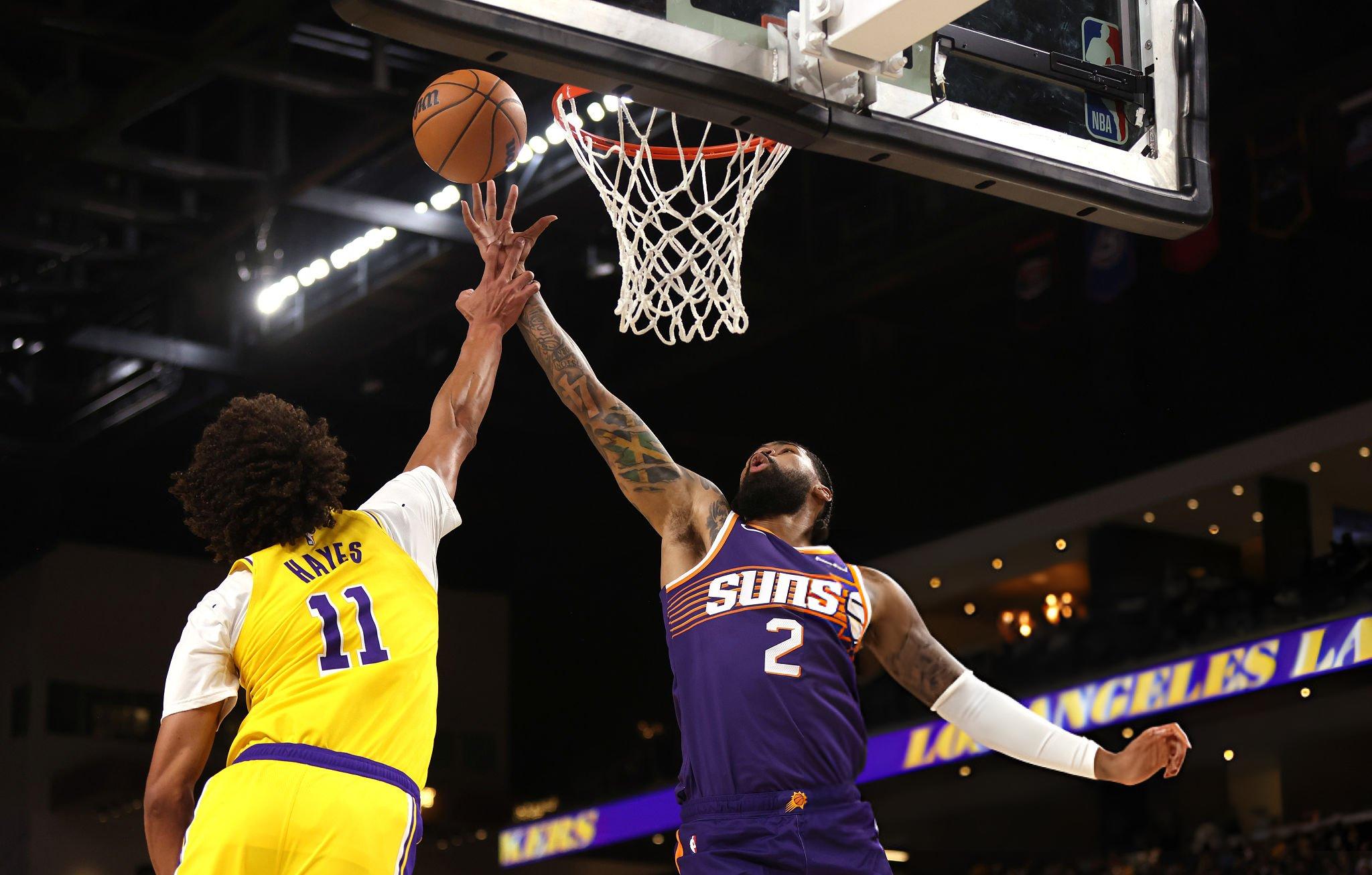
The NBA’s adjustments don’t rewrite basketball; they underline a basic principle: shots should be decided by skill, not by a late slap on the hand. Shooters will get more clean releases and rightful trips to the line; defenders will get clear rules for an honest contest without “finishing” chops. In this new geometry, elite shooters gain value, and those who read the game instantly become even more influential. For Golden State — and especially for Steph Curry — it’s an edge in the battle for every possession. For the league, it’s a chance to make the perimeter a bit more disciplined and smarter without killing the drama.

